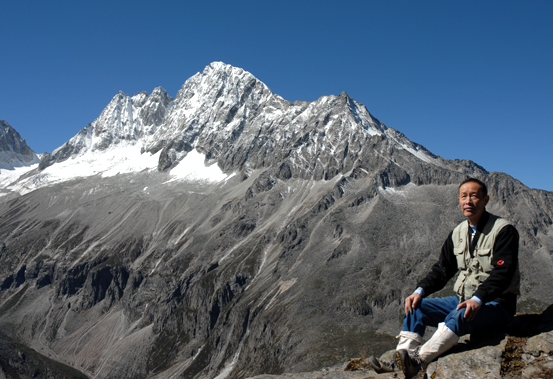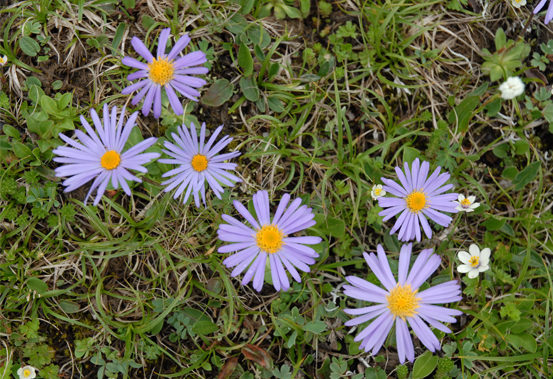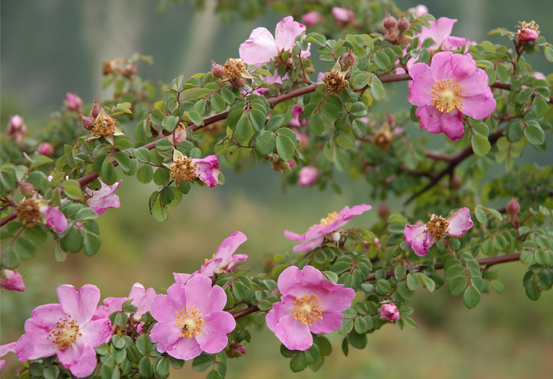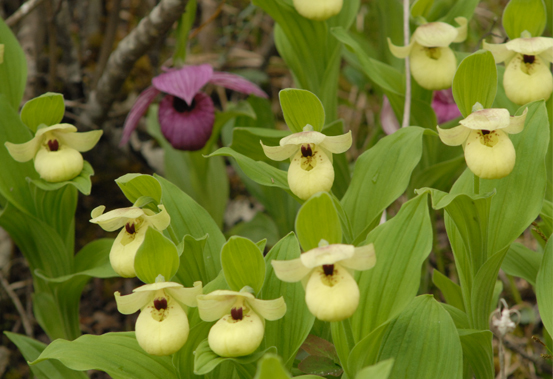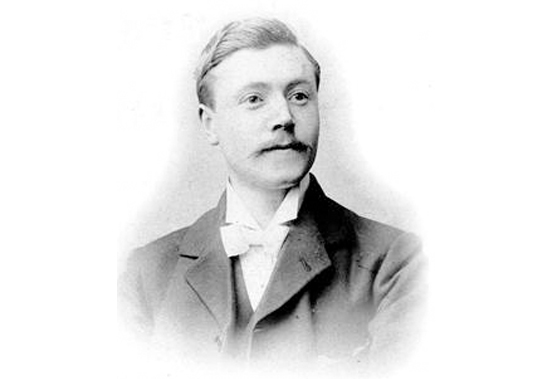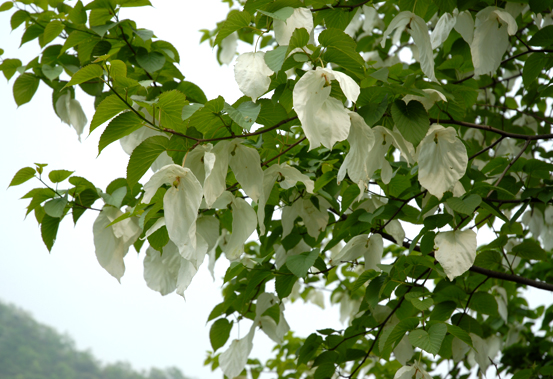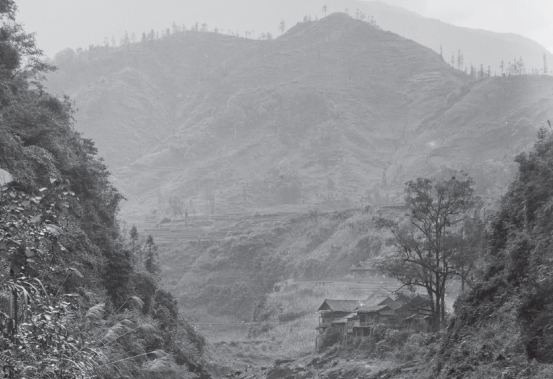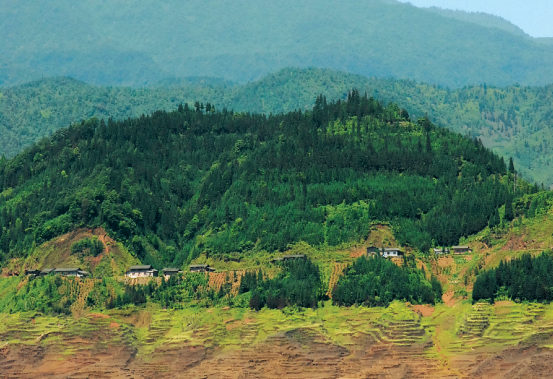Professor Kaipu Yin
Photo courtesy of Professor Kaipu Yin
Professor Kaipu Yin, a plant ecologist and researcher at the Chengdu Institute of Biology of the Chinese Academy of Sciences, has spent 13 years of research and fieldwork retracing the steps of renowned British plant explorer E.H. Wilson in western China. With painstaking attention to detail, Professor Yin has published a set of 250 photos displaying Wilson's landscape photography from the early 20th century alongside contemporary views.
"There have been rapid urbanisation and community shifts in Western China over the last hundred years, and some of the significant sites have been destroyed. We have also lost traditional cultures in the course of development." Professor Yin hoped that more people would become aware of the issue of environmental protection. "The community should start thinking about how to conserve nature in a sustainable way," he said.
Professor Yin also generously shared 100 photos for an exhibition which was held in Academic 3 during November 2015. The College would like to take this opportunity to express its gratitude to both Prof Yin and Lee Woo Sing College of The Chinese University of Hong Kong, for their kind support of the exhibition and lecture.
Plant collecting – from China to the world
Photo courtesy of Professor Kaipu Yin
Photo courtesy of Professor Kaipu Yin
Photo courtesy of Professor Kaipu Yin
Plant collectors have been active in China for centuries. As early as the mid-6th century BCE, the Shijing (Book of Songs) offered a collection of poems describing flowers such as the peony, peach and day lily. A few hundred years later, the flowers of the native peach were introduced into western countries via traders on the Silk Road. From the end of the 13th century, Marco Polo and other traders and missionaries stayed in China and recorded a large number of plants that were new to European plant taxonomists. After the mid-19th century a large number of China's plants were introduced to the West including the chrysanthemum, Chinese pink rose, peony, rhododendron, Chinese wisteria, primrose and various bamboos. Wilson's carefully documented and photographed journeys at the turn of the 20th century, were then the culmination of a long tradition. Western plant hunters, botanists, missionaries, and geographers had been working for centuries to introduce China's rich resources of wild flowers and plants to the wider world.
E.H. Wilson (1876 –1930) was a leading English plant collector of the early 20th century, who introduced about 2,000 plant species from Asia to the West. Wilson worked at the Royal Botanic Gardens, Kew, London, where he produced prize-winning work. He then took up a position as Chinese plant collector with the firm of James Veitch & Sons, a group of family run nurseries. His new boss advised him: "Stick to the one thing you are after and don't spend time and money wandering about."
Not heeding the advice, Wilson's wanderings in China became legendary. The object of his first journey was the Dove tree (see photo below), and he rediscovered the specimen, first noticed by pioneering French botanist Père David, in Yichang, Hubei. Wilson then spent two years there, collecting in isolated mountain valleys before returning to England in 1902 with seeds of over 300 species. In 1903 Wilson discovered the regal lily along the Min River in west Sichuan, and he made several further expeditions to China and Japan, where he collected 63 named forms of cherry blossom. In later life he was Keeper of the Arnold Arboretum at Harvard University.
Dove tree
Photo courtesy of Professor Kaipu Yin
Centre pages
Photo courtesy of Professor Kaipu Yin
One Hundred Years of Change: the black and white photo from 1908 shows the Bingling River as it rushes down from Mt Wawu, near Hongya County, Meishan City, Sichuan Province. One hundred years later the landscape has been flooded as part of a hydropower station development. The color photo was taken in 2009 about 100 meters "upstream" of the old. See Tracing One Hundred Years of Change – Illustrating the Environmental Changes in Western China, published in 2010.
